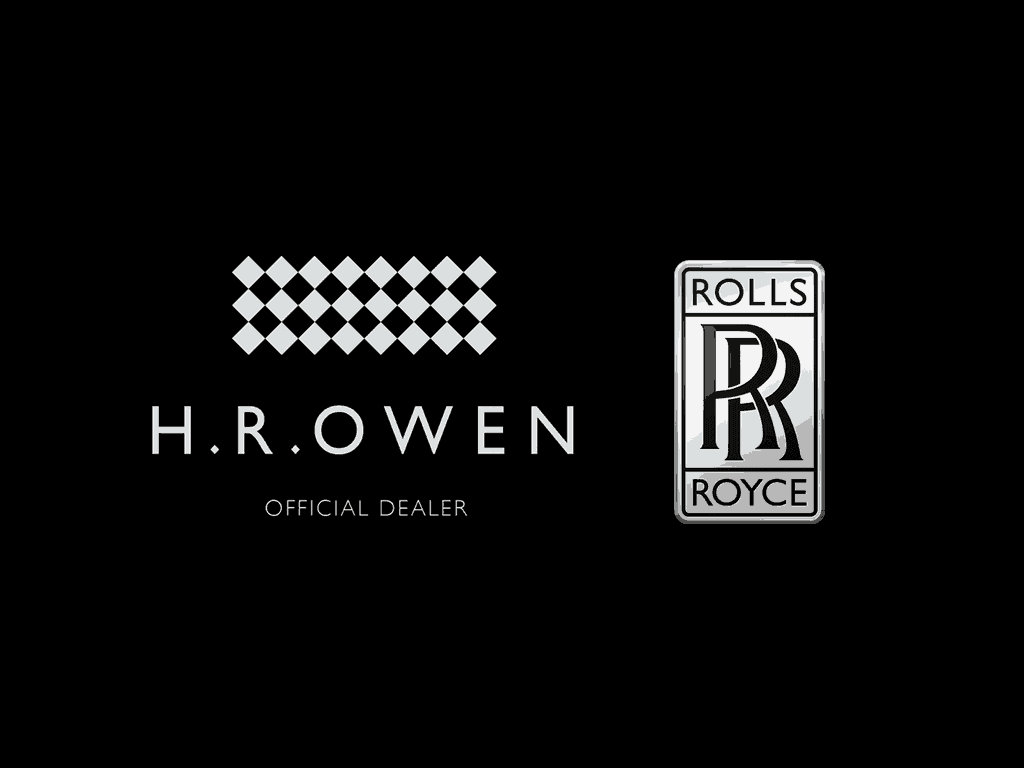The land of myth, mist and TT heros, the Isle of Man is home to legendary un-restricted roads and the oldest parliament in the world. At the wheel of the mighty Rolls-Royce Wraith and complete with motorcycle escort, Christopher Hadley takes on the Mountain Course that created a very rare breed of TT hero – the four-wheeled kind.

At precisely 6.32 am on 15 June, while the white sun burns eerily through the clouds mushrooming off Snaefell’s summit, the Wraith, Rolls-Royce’s most driver-focused model finally finds its element. Here at the cold Keppel Gate, some 3000 feet above sea level on the most adrenaline-charged stretch of asphalt on earth, she materializes from the wind-shredded mist. For a moment it is as if the mist suspends all animation and only the wheels keeps moving, pulling the dark moorland effortlessly beneath the car. Then she is gone: riding the river of tarmac that is the Mountain Course of the Isle of Man’s TT, the car imperceptibly calculating the geometry of the road, in homage to those legends of motorsport Agostini, Hailwood, Dunlop: men who also understood every nuance of the descent. Yellow gorse on the verges frame her progress, ancient field systems hemmed by dry stone walls rise out of the valley on the offside. Her cadence builds northwards, operatically, towards the Irish Sea, now written into the landscape by a mad Gaelic poet, now intense and brooding as Caspar David Friedrich’s imagination… Am I getting carried away? That’s because it’s so easy to get carried away in a Wraith. So refined and so easy at 130mph and counting. Could Wraith – this thing magisterial and mythic – be more at home anywhere else than here?
Yes, insists Vanda Murray, who we meet walking on the beach by the lobster pots at Niarbyl. “Go south,” she says. “There’s the most spectacular drive down towards the Sound, the Abbey Restaurant in Ballasalla is fabulous too.” Nicky Pattinson who cooks our breakfast in Regaby disagrees: “Take the Patrick Road to the essence of the Isle in St Johns, to Tynwald Hill and the oldest continuous parliament in the world.” Sam Jenkins at the Northern Lights Coffee House in Ramsay has other ideas, he wants us enjoy the sunset over Peel Harbour, “Down where they smoke the kippers,” he says.
The Isle of Man, this chunk of rock moulded by volcanoes and earthquakes and cast adrift in the Irish Sea, packs a lot into a small space. But, at Just 33 miles north to south and 13 miles wide, is it a grand enough arena for a car as powerful as the Wraith? Chances are nothing this stunning has wielded this much power here since an Iron Age priestess stood on Snaefell – arrayed in vestments not unlike those of the Silver Spirit herself – and keening to the god Manannan mac Lir, claimed dominion over all the kingdoms visible: England, Ireland, Scotland and Wales. And yet this is the perfect place to bring a Wraith. The sandbags and bales of hay, padded trees, white striped kerbstones, and smears of black rubber are clues that this is no ordinary island; these are no ordinary roads – home as they are every June to the numerous laps and races of the Tourist Trophy’s 37¾ mile test of steel and excellence. But that’s a motorcycle race? It is, but it was originally a car race won in 1906 by company founder Charles Rolls in a Rolls-Royce Light 20 – a four-cylinder, 4,118cc sports car that was capable of around 60mph. There really is no better place to bring this twin-turbocharged, 6,592cc V12 624bhp two-door gentleman’s Gran Turismo.
Here on roads with no speed limit, from Stone breakers Hut, through the Verandah and Windy Corner at milestone 32, is the only place the car really needs to be on the island insists Mark Forsyth, the TT veteran who guides me round the course on a six-cylinder BMW K1600 GTL mega-tourer – a motorcycle whose ingenious adaptive headlight system can look around corners. He opens the throttle towards the capital Douglas, a lap almost done, and the Wraith shadows him out of the mountains.
It is an island of stories in every stone and every camber; stories of joie de vivre and sad stories about brave bike riders as slate-hard as the walls and gate posts. If you’re not careful you will miss the stories in your eagerness to drive this car. The landscape will be a permanent blur and described only in gear changes, late apexes, peel points, obtuse angles (and – God forbid – acute ones unseen) and the endless names of straight and corners that remember the history of the island and the heroes of the TT. Truth told, it is easy to take time to admire the beauty outside when in a car that manages road position and momentum so well.
In Manx they like to say Traa-dy-Liooar – time enough. Locals explain that it’s like mañana, but not as urgent. They don’t like change. Bronze Age barrows, Viking ship burials, and Norman castles stand for the Island’s sense of permanence. But the saying hides the truth because this Island seems to be permanently in motion. Even the antique keeps moving: the horse drawn tramway through Douglas, the steam railway and the famous electric mountain tram; none of them invented for tourists, they’ve just kept on moving since they were built in the 19th Century. So movement is natural here. Even the rocks at the seashore look in flux, once molten but now petrified in a flow began millions of years ago.
At the Point of Ayre, the northernmost promontory, we finally rest for a while looking back to the escarpment inland or out to sea towards the Solway Firth. The Wraith commands the view, gathers it, as if there are depths in the Salamanca Blue where moonlight has been dramatically brushed rearwards. Beneath this dynamic line, the lighthouse and the blues of the sea – darkening off the shore where currents collide – are reflected back. This land is no stranger to the magical and mythic, where strange powers are never far away: goblins and fairies and the Moddey Dhoo, and something else now, darker, gothic, glimpsed only rarely, rising at speed out of a glen into the cold moist air of the mountain, fleet and rapid, wraith-like…I told you it was easy to get carried away in this car.
Words by Christopher Hadley
Photography by James Lipman










